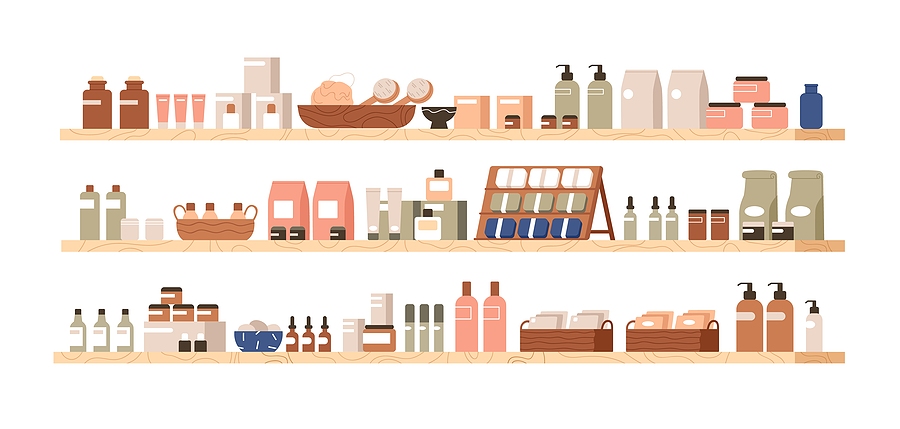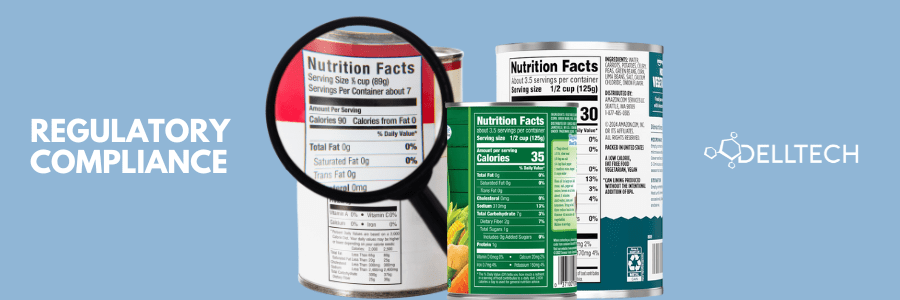By: Teah Jazey, Regulatory Affairs, and Product Safety Associate, email
The Cosmetics Ingredient Hotlist is a list of ingredients and their corresponding CAS RNs published by Health Canada as a way of conveying to manufacturers the prohibitions and restrictions on ingredients used in cosmetics. This list is updated periodically and whenever new scientific information becomes available. Typically, when an update is proposed it will follow the below approach:
- A notice to stakeholders will be published.
- A consultation period will open to stakeholders to direct comments or questions towards Health Canada regarding the proposed changes.
- A comment review period takes place, this is where Health Canada will review all the comments received during the consultation period.
- A Hotlist update will occur following the above mentioned evaluation period and communications will be sent out to stakeholders. The final revised Hotlist will also be posted to the Consumer Product Safety section of the canada.ca website.
A consultation period was opened in 2020 for a set of proposed updates to the prohibitions and restrictions of certain ingredients currently on the Hotlist. These changes have recently been posted and applied to the Hotlist.
The list below shows the ingredients that have been updated on the Hotlist.
Restrictions List:
- Ethylhexyl Ethylhexanoate: was considered due to the health concerns as assessed by the Chemicals Management Plan (CMP).
- Azelaic acid and its salts: considered for addition to the restricted list due to the therapeutic properties at certain concentration and the risk of skin irritation at higher concentrations.
- Alpha-Hydroxy Acids: proposed changes postponed until next update due to requirement for more data on Polyhydroxy acids and bionic acids
- Eucalyptus Oil: addition of cautionary statement due to possibility of ingestion in pediatric populations. These required statements are only applicable to certain concentrations of eucalyptus oil in cosmetics.
- Peroxide and peroxide-generating compounds: changes to cautionary statements of oral cosmetics containing greater than 3% hydrogen peroxide or are capable of generating this amount of hydrogen peroxide by conversion.
- P-Hydroxyanisole: expanding use by product type to nail products. Maximum concentration and cautionary statements added.
Prohibited List:
- Retinoic acids and its salts: CAS numbers added and list of synonyms updated to include tretinoin and other related compounds.
- Retinoic acid derivatives: updated has been postponed in order to further review evidence
To see the updated Hotlist click here. To read the Proposed updates document posted in 2020 click here. If you have any questions or concerns about how this might affect your product, please don’t hesitate to reach out to one of the consultants at Dell Tech. We have the experience to help you with your questions!
Contact:
Dell Tech
Teah Jazey
Regulatory Affairs and Product Safety Associate
519-858-5021
teah@delltech.com
Dell Tech has provided professional, confidential consulting services to the chemical specialty
industry in Canada, the USA, Europe, and Asia for the last 40 years.
Contact us today for more information.
www.delltech.com





